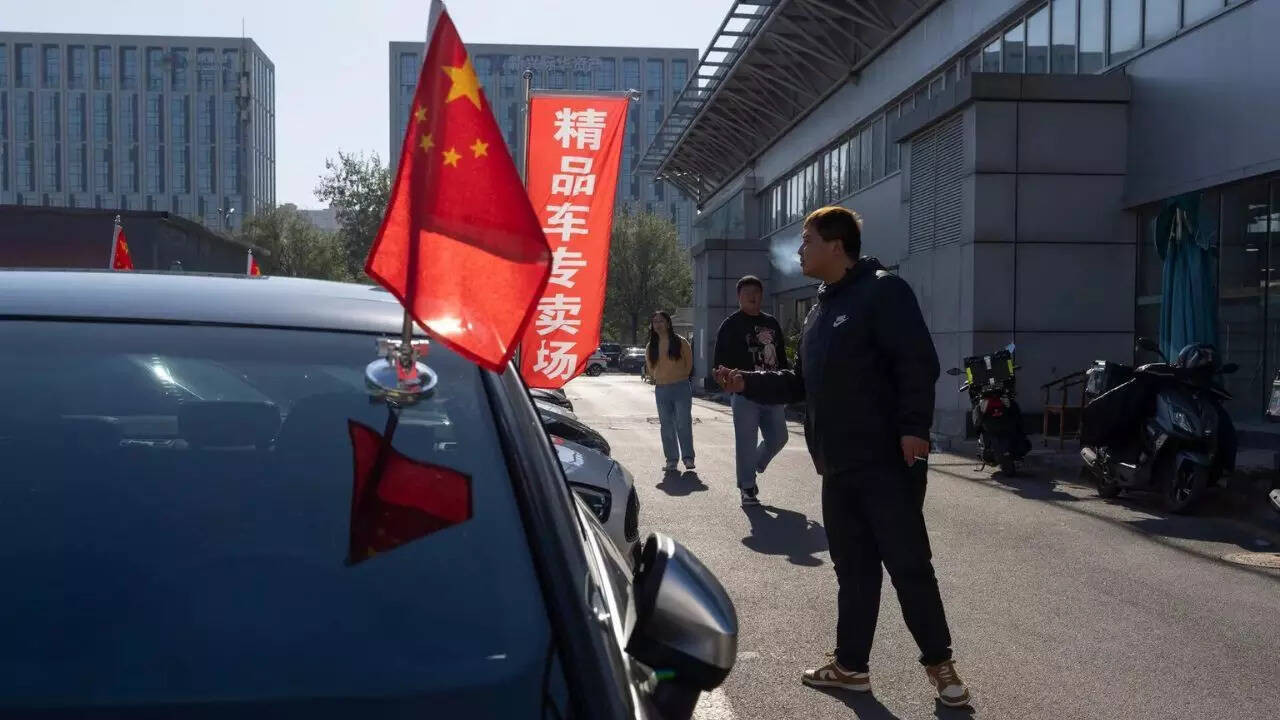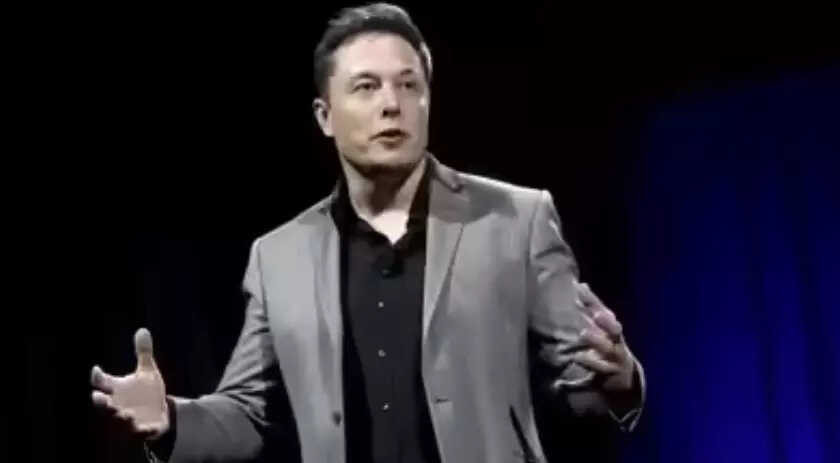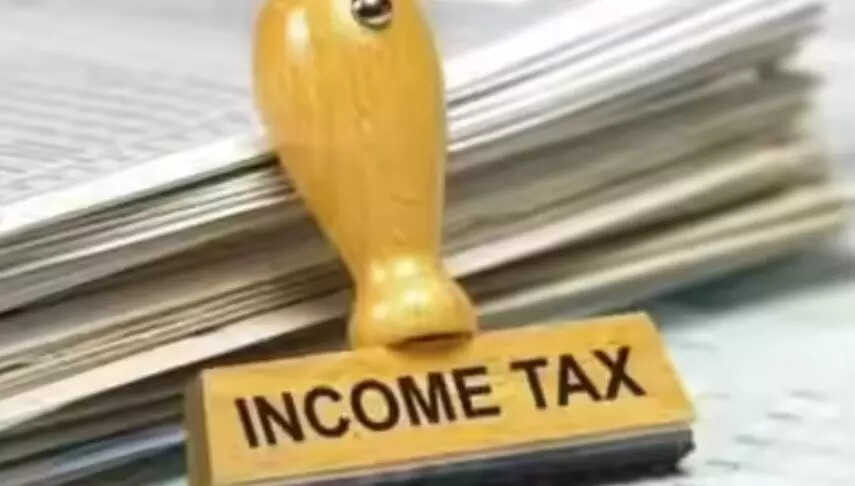The US PCE price index eased in April, rising 2.1% year-over-year, slightly below expectations but still above the Fed’s target. While personal income increased and the saving rate jumped, new tariffs introduced by President Trump are expected to exert upward pressure on prices. Economists caution that inflation may reaccelerate later in 2025.
Summer Breeze, Tariff Freeze? The Inflation Dance Continues
Okay, let’s be real. We’re all watching inflation like hawks. We’re checking gas prices, mentally calculating grocery bills, and crossing our fingers that our next online shopping spree won’t break the bank. And after what felt like a never-ending climb, that little ray of sunshine – the softening of US inflation in April – felt pretty good, right?
But before we start dusting off our vacation fund and planning that extravagant summer BBQ, let’s pump the brakes a little. Because even with the good news, there’s a shadow lurking – a potentially significant one – cast by the persistent threat of tariffs.
Think of it like this: inflation is a seesaw. Right now, it’s tilting slightly in our favor, thanks to those cooler-than-expected inflation figures. But tariffs? They’re like a sumo wrestler suddenly hopping on the other side, threatening to send us back into the red.
The article hints at this delicately, but let’s be blunt: trade wars are expensive. When countries slap tariffs on each other’s goods, it isn’t just governments squabbling over trade agreements. It’s consumers, like you and me, ultimately footing the bill. Those tariffs get passed down the line, bumping up the price of everything from imported electronics to the ingredients for your favourite summer cocktail.
Now, the article focuses on the US perspective, but let’s not pretend this is solely an American issue. Global trade is a complex web, and when one major player starts throwing around tariffs, the ripples are felt everywhere. We’re talking about disruptions to supply chains, increased costs for businesses that rely on imported materials, and ultimately, higher prices for consumers worldwide.
The worry isn’t just about existing tariffs, either. It’s about the potential for new ones. The US, despite seeing some inflation relief, is still grappling with the issue, and the temptation to use tariffs as a lever to try and control prices or protect domestic industries can be strong.
Think about it: politicians under pressure to deliver on promises to bring down inflation might see tariffs as a quick fix, even if the long-term consequences are, well, less than ideal. It’s a bit like putting a band-aid on a broken leg – it might cover the problem for a while, but it doesn’t actually solve it.
The frustrating part is that tariffs are notoriously difficult to predict. They’re often driven by political factors as much as economic ones, making it incredibly difficult for businesses to plan ahead. This uncertainty can lead to investment drying up, further complicating the economic picture.
So, what does this all mean for our summer outlook? Well, that inflation dip in April is definitely a welcome sign. It suggests that the aggressive interest rate hikes we’ve seen from central banks might finally be starting to bite. But we can’t afford to get complacent. The threat of tariff-driven price increases is still very much alive and kicking.
We need to keep a close eye on international trade relations. Are countries working towards de-escalation and fairer trade practices, or are they doubling down on protectionist measures? The answer to that question will significantly impact the cost of your summer vacation, your back-to-school shopping, and pretty much everything else you buy.
Ultimately, the summer economic picture is a mixed bag. We’ve got some positive signs of cooling inflation, but the potential for tariff-related headwinds remains a significant concern. Staying informed and understanding the complexities of global trade is more important than ever. So, while you’re enjoying that summer breeze, keep an ear to the ground, and hope that the tariff freeze becomes a reality, rather than just a wishful thought. Let’s hope cooler heads (and cooler prices!) prevail.
📬 Stay informed — follow us for more insightful updates!







